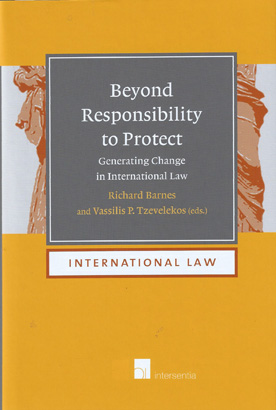
The history of international law is replete with concepts that have generated change: individual criminal responsibility, common heritage of mankind and sustainable development to name but a few. These are concepts that have influenced the scope, structure and purpose of international law.
This book explores the extent to which Responsibility to Protect (R2P) possesses the same transformative potential, showing how R2P shifts our understanding of both the potential and practice of international law. Responsibility to Protect is both an ambitious and an ambiguous concept in international law. Ambiguity creates space for debate and the potential for legal development, but it may also generate misunderstanding, false expectations and uncertainty.
Despite its ambiguity, R2P has quickly found a place within international legal texts. At the same time its ambiguity -or rather the tensions the concept generates - has also helped generate an enormous range of scholarship. This collection of essays presents a more fundamental critical evaluation of R2P, exploring how it interacts with existing concepts and values, and how this influences normative developments within international law.
In particular, the essays explore the influence of R2P upon sovereignty as responsibility, the continued advance of positive human rights obligations and the safeguarding of international community interests.These themes are explored in a range of essays written by new and established scholars.
The essays explore the moral and political foundations of R2P, the expansion of R2P to non-state actors, and the interaction between R2P and certain branches of international law, such as use of force, responsibility as liability, humanitarian law and international criminal law.